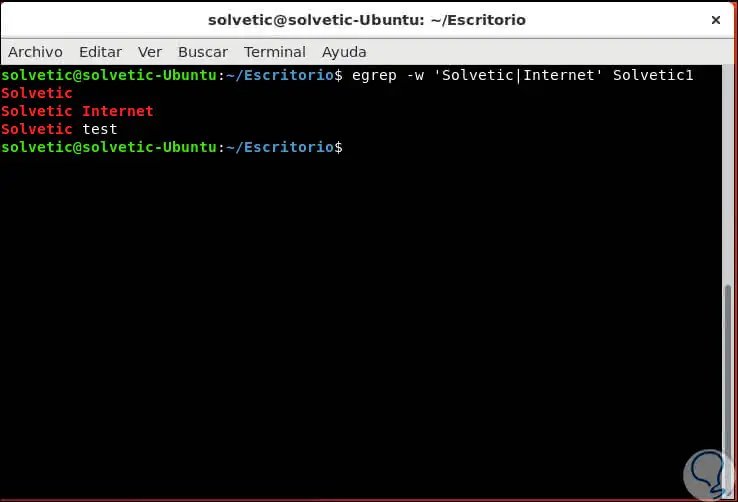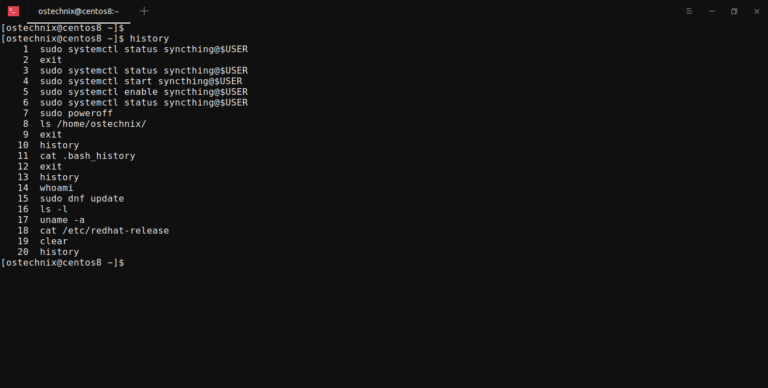

The provided syntax can be used only with bash and shell scripts. This option makes the output unambiguous, even in the presence of file names containing unusual characters like newlines.

For example, grep -lZ outputs a zero byte after each file name instead of the usual newline. Now, when you print the file to the console it will be printed with the colors, because Bash interprets those characters as 'use this color'. The syntax of while loop would vary based on the programming language you choose such as C, perl, python, go etc. Output a zero byte (the ASCII NUL character) instead of the character that normally follows a file name. To get started, this find command will find all the *. Grep seems to not want to print them when you redirect it to a file, so you need to force it to: grep -coloralways 'stuff' input.txt > output.txt. type f -name "*.java" -exec grep -l StringBuffer \ įrom time to time I run the find command with the ls command so I can get detailed information about files the find command locates. type f -not -name "*.html" # find all files not ending in ".html"įind files by text in the file (find + grep)įind. type f \( -name "*cache" -o -name "*xml" -o -name "*html" \) # three patternsįind files that don't match a pattern (-not)įind. iname foo -type f # same thing, but only filesįind. Ive setup a cron job that greps a file every five minutes and then writes (appends) the grep output/result to another file: grep 'monkey' zoo. iname foo -type d # same thing, but only dirsįind. iname foo # find foo, Foo, FOo, FOO, etc.įind. name foo.txt # search under the current dirįind /users/al -name Cookbook -type d # search '/users/al' dirįind /opt /usr /var -name foo.scala -type f # search multiple dirsįind.
#Bash grep output file timestamp full#
Almost every command is followed by a short description to explain the command others are described more fully at the URLs shown:įind / -name foo.txt -type f -print # full commandįind / -name foo.txt -type f # -print isn't necessaryįind / -name foo.txt # don't have to specify "type=file"įind. If you just want to see some examples and skip the reading, here are a little more than thirty find command examples to get you started. So far I have something that saves the output of the sensors command into a file, and I have a command that prints the date and time. In this article I’ll take a look at the most common uses of the find command. I am running a small linux server at home, and I am writing a script to log the temperature of the CPU cores every 5 seconds, but I need timestamps for it to be useful. It can search the entire filesystem to find files and directories according to the search criteria you specify. Besides using the find command to locate files, you can also use it to execute other Linux commands ( grep, mv, rm, etc.) on the files and directories that are found, which makes find even more powerful. Linux/Unix FAQ: Can you share some Linux find command examples? If you like this article, then please share it or click on the google +1 button.You can now hire Alvin Alexander for Scala or Flutter side projects!Ĭontact me at (al) at valleyprogramming (dot) com for details.
#Bash grep output file timestamp how to#
How to Connect to Oracle Database in Unix Shell script > bash grep_script_command_line.sh sample_file.txt serverĭifferent Ways to Find Length of String in Unix Bash Scriptįile Test Operations in Unix Shell Script Alternatively, to show the log lines that match after the keyword, use the -A parameter. The -B 4 tells grep to also show the 4 lines before the match. grep -L 'string' file1 file2 : Suppress normal output and show filenames from which no output would normally have been printed. To also show you the lines before your matches, you can add -B to your grep. Let us summaries all the grep command option in Linux or Unix: grep -l 'word' file1 file2 : Display the file name on Linux and Unix instead of normal output. We will see how to pass these as arguments from the command line to the script. Conclusion Grep from files and display the file name. Here in the script we have hardcoded the filename and the search pattern. grep is a terrific tool to have at your disposal. It enables you to recall and reuse the stored. Bash history is usually stored in the file /.bashhistory. We get a sorted listing of all the files modified in August (regardless of year), in ascending order of file size. You might know the basic use of bash history command, but it can do a lot more than that. Now we will execute this script and see what the output is sort +4n: Sort the output from grep on the fourth column (filesize). Let see the bash script that prints the lines which contain the word server in it. Here we will see how to use the grep command in a bash script. You might have used the grep command to search for a string in a file on the unix command line. Q) How to use the grep command in unix or linux bash scripts to search for a pattern match?


 0 kommentar(er)
0 kommentar(er)
